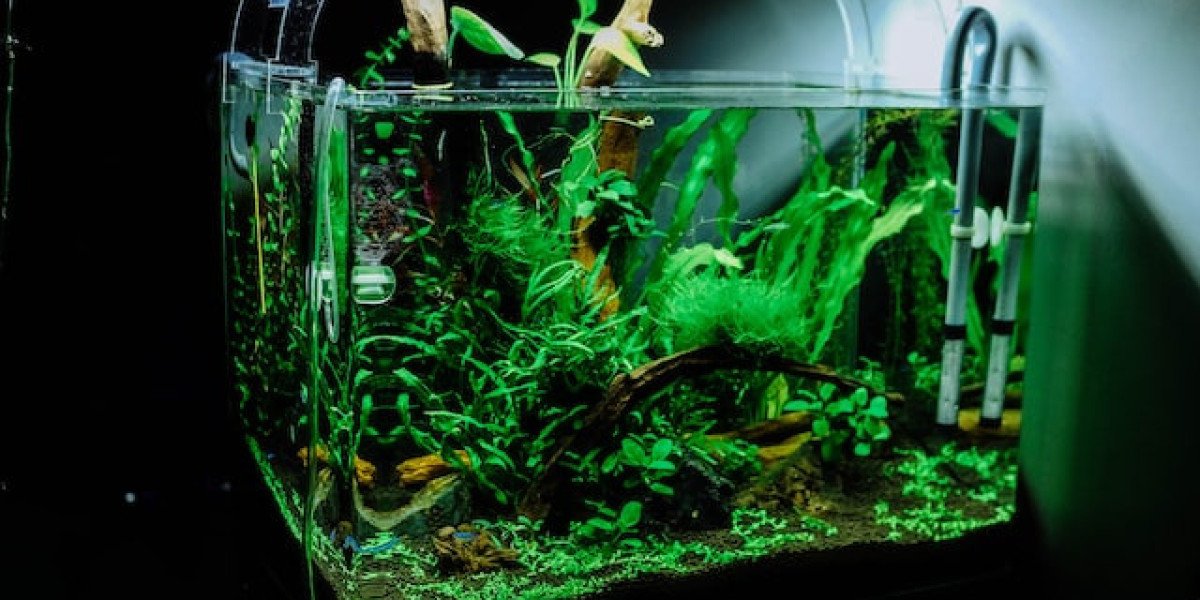When it comes to setting up an aquarium, one of the most important decisions you’ll make is choosing the right tank size. Two popular options among hobbyists are the 30-gallon tank and the 50-gallon tank. Both have their own unique advantages and considerations, and understanding the differences between them can help you determine which one aligns best with your goals, space, and the type of aquatic life you want to keep. Let’s take a closer look at these two tank sizes and explore what sets them apart.
Physical Size and Space Requirements
The most obvious difference between a 30-gallon tank and a 50-gallon tank is their physical size. A 30-gallon tank typically measures around 36 inches in length, 12 inches in width, and 16 inches in height, though dimensions can vary slightly depending on the brand and design. This makes it a compact option that fits well in smaller spaces, such as apartments or offices.
On the other hand, a 50-gallon tank is significantly larger, often measuring about 48 inches in length, 12 inches in width, and 20 inches in height. This extra size means the 50-gallon tank requires more floor space and a sturdier stand to support its weight when filled with water, substrate, and decorations. If you have a dedicated area for your aquarium, such as a living room or home office, a 50-gallon tank can make a striking centerpiece.
Water Volume and Stability
One of the key advantages of a larger aquarium is the increased water volume. A 50-gallon tank holds nearly twice as much water as a 30-gallon tank, which has a significant impact on water stability. In a larger volume of water, parameters like temperature, pH, and ammonia levels tend to fluctuate less dramatically. This makes a 50-gallon tank more forgiving for beginners or those who may not have as much time to monitor water conditions closely.
In contrast, a 30-gallon tank, while still manageable, requires more frequent monitoring and maintenance to ensure stable water conditions. Smaller volumes of water can be more susceptible to rapid changes, especially if the tank is overstocked or if there’s a sudden imbalance in the ecosystem. For example, a small spike in ammonia or nitrites can have a more pronounced effect in a 30-gallon tank compared to a 50-gallon tank.
Stocking Options and Fish Compatibility
The size of your aquarium directly affects the types and number of fish you can keep. A 30-gallon tank is suitable for small to medium-sized fish species, such as tetras, guppies, dwarf cichlids, or a small group of schooling fish. It can also accommodate a few bottom-dwelling species like Corydoras catfish or a single dwarf gourami. However, the limited space means you’ll need to be cautious about overstocking, as overcrowding can lead to stress, aggression, and poor water quality.
A 50-gallon tank, with its larger footprint and increased water volume, opens up a wider range of stocking possibilities. You can keep larger fish, such as angelfish, rainbowfish, or even a pair of smaller cichlids. It also allows for a more diverse community tank with multiple species coexisting comfortably. Additionally, the extra space reduces territorial disputes among fish, making it easier to maintain a harmonious environment. For example, you could create a vibrant community tank with a mix of tetras, barbs, and a centerpiece fish like a gourami or a pair of German Blue Rams.
Maintenance and Upkeep
Maintenance is an essential aspect of aquarium ownership, and the size of your tank plays a role in how much effort is required. A 30-gallon tank is generally easier to clean and perform water changes on due to its smaller size. However, as mentioned earlier, it may require more frequent maintenance to keep water parameters in check.
A 50-gallon tank, while larger and potentially more time-consuming to clean, benefits from its greater water volume, which dilutes waste and reduces the frequency of water changes. That said, cleaning a larger tank can be more physically demanding, especially when it comes to scrubbing algae or vacuuming the substrate. You’ll also need to invest in more powerful equipment, such as a larger filter and heater, to ensure the tank remains healthy and stable.
Cost Considerations
Unsurprisingly, a 50-gallon tank comes with a higher upfront cost compared to a 30-gallon tank. The larger tank itself is more expensive, and you’ll also need to budget for a stronger stand, a more robust filtration system, and additional decorations or substrate to fill the extra space. Ongoing costs, such as electricity for heating and filtration, may also be slightly higher with a 50-gallon setup.
A 30-gallon tank, being smaller and requiring less equipment, is generally more budget-friendly. However, it’s important to remember that both tanks will incur ongoing expenses for food, water conditioners, and replacement filter media, regardless of their size.
Final Thoughts
Choosing between a 30-gallon tank and a 50-gallon tank ultimately depends on your goals, available space, and the type of aquatic life you want to keep. A 30-gallon tank is a great option for those with limited space or beginners looking to start small, while a 50-gallon tank offers more versatility, stability, and creative potential for experienced hobbyists.








